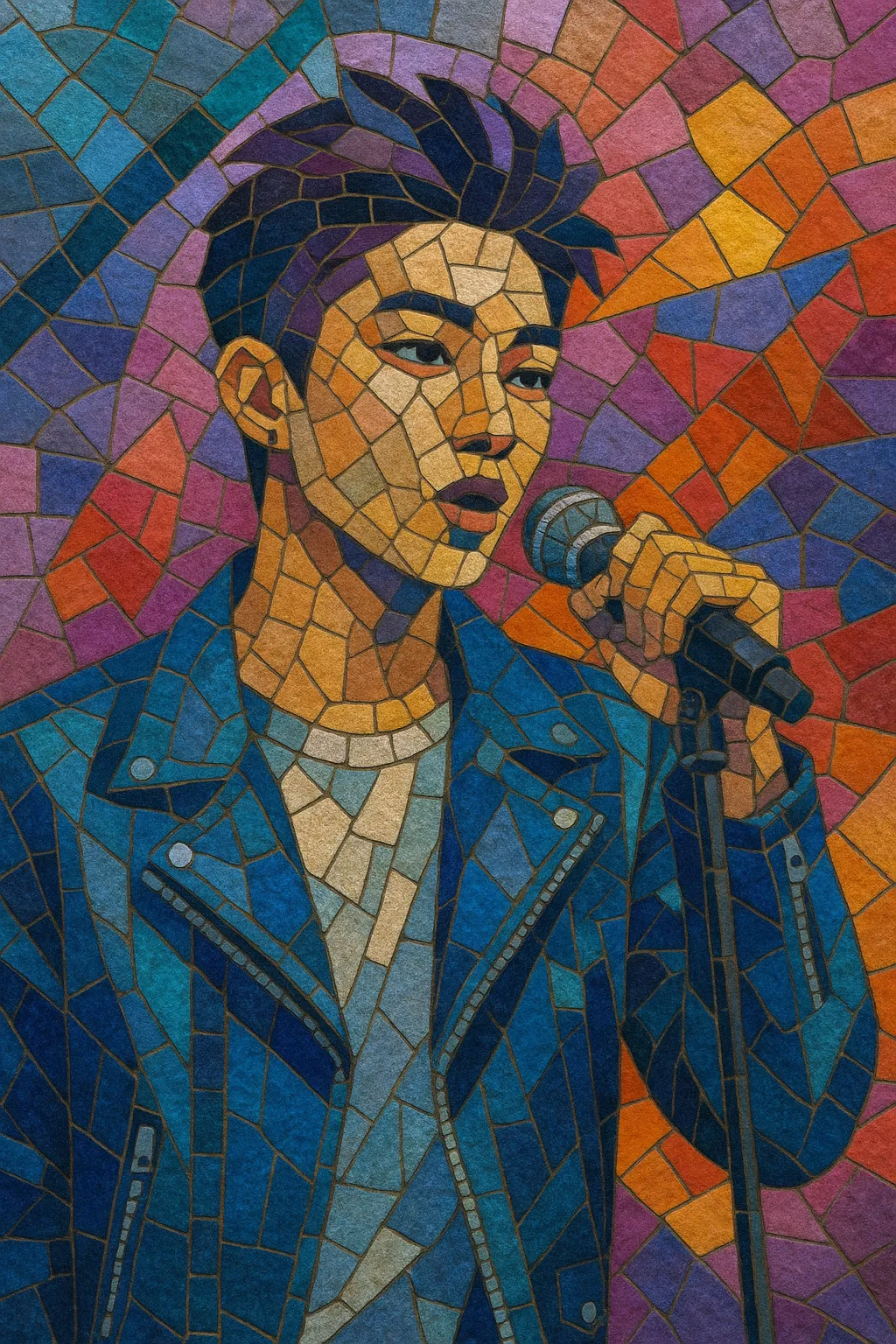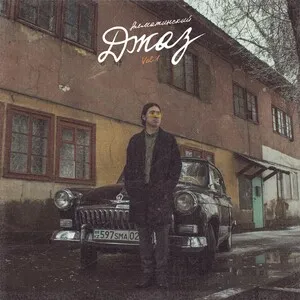Q-pop (short for Qazaq pop) is a modern Kazakh-language idol-pop movement that blends sleek, high-production pop with elements of EDM, R&B, hip hop, and synth-pop.
It borrows the training systems, choreography-forward performances, visual concepts, and tightly managed group branding familiar from K-pop and J-pop, while centering Kazakh language and identity. Lyrics often use contemporary Kazakh (sometimes stylized with the Latin-based Qazaq alphabet), and some productions weave in local melodic turns or timbral nods to Kazakh musical culture.
The style is known for polished hooks, rap/sung hybrids, fashionable styling, and elaborate music videos—positioning it as both a national pop identity and a globally conversant, dance-oriented pop sound.
Q-pop emerged in Kazakhstan in the mid-2010s, as local artists and producers synthesized the global idol-pop paradigm with Kazakh language and cultural references. The term foregrounds “Qazaq” identity (hence the letter “Q”), signaling a distinct national take on contemporary pop.
The 2015 debut of Ninety One is widely cited as the pivotal moment that crystallized Q-pop as a movement. Their combination of Kazakh lyrics, striking visuals, synchronized choreography, and modern EDM/R&B/hip hop production marked a break from earlier Kazakh pop formats. While boy bands existed previously, Ninety One’s K-pop-like trainee rigor, concept cycles, and fan-culture activation became a blueprint.
Following Ninety One’s success, more groups and solo artists adopted the approach—tight vocal stacks, rap-sung hybrids, and glossy dance-pop tailored for stages and streaming. Labels and teams began nurturing trainees, building distinctive concepts, and targeting both domestic and regional audiences. Artists experimented with trap beats, future bass textures, and synth-pop palettes while retaining Kazakh linguistic and cultural touchstones.
From the outset, Q-pop provoked discussion in Kazakhstan: some applauded its modernization of language and pop culture; others criticized its androgynous styling and perceived foreignness. Despite controversies, the scene helped normalize Kazakh as a lingua franca for youth pop, expanded professional standards in performance and video production, and fostered a dedicated fandom ecosystem.
In the 2020s, Q-pop consolidated its identity and broadened its sound—while still leaning on choreography-centered live shows and strong visual narratives. International collaborations, social media virality, and festival slots have pushed the genre beyond national borders, framing Q-pop as a distinct node in the wider Asian idol-pop network.








